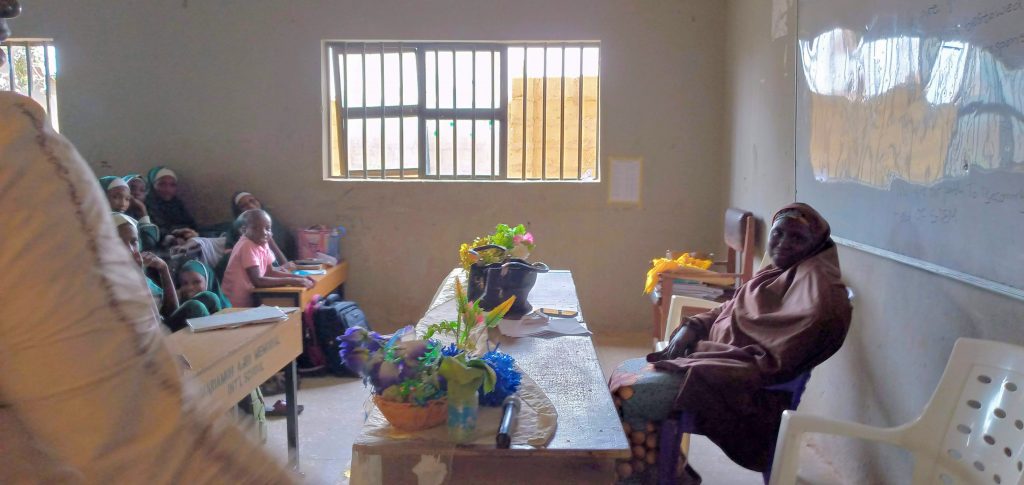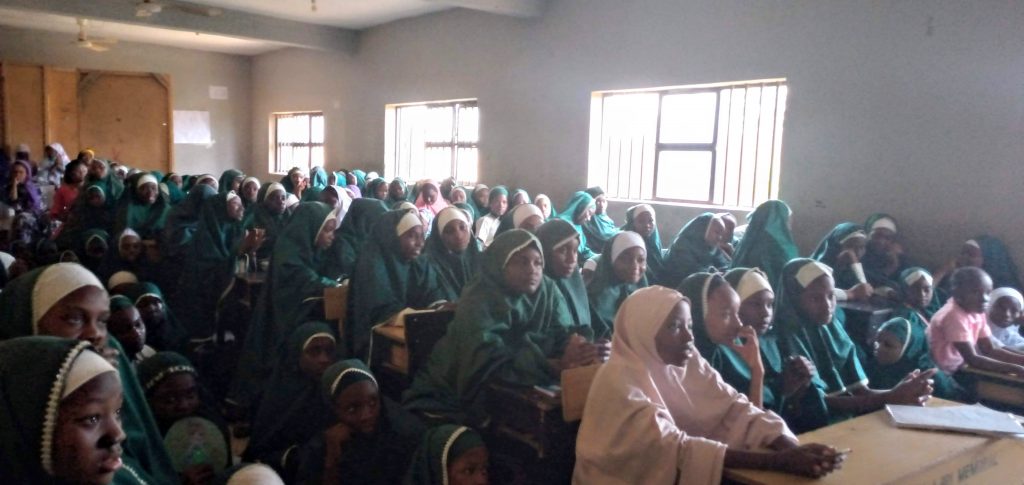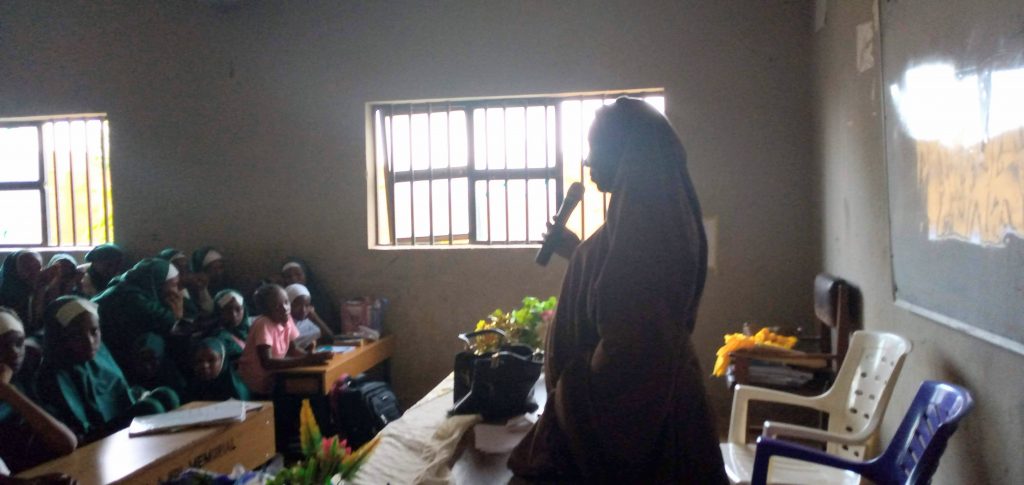Wednesday, October 16, 2019 | IGNITE Worldwide Panel at Mariamoh Ajiri Memorial International School Katsina, Nigeria| by BINTA HAMISU TAFASHIYA, HASSAN USMAN KATSINA POLYTECHNIC
ROLE OF MATHEMATICS IN SCIENCE, TECHNOLOGY AND ENGINEERING BY:
BINTA HAMISU TAFASHIYA,
HASSAN USMAN KATSINA POLYTECHNIC,
DEPARTMENT OF MATHEMATICS AND STATISTICS
Ignite Clubs are to create awareness so that the girl child can have a successful career in science and technology through mentors. Also to increase the number of girls in science classes
I----------Inspiring
G----------Girls
N----------Now
I----------In
T----------Technology
E---------Evolution
Our Mission: is to inspire girls to become the future technology leaders, innovators of our world. This mission will be achieved through STEM.
S----------Science
T----------Technology
E----------Engineering
M----------Mathematics
Science, Technology and Engineering can only be achieved through sound foundation in Mathematics. Therefore, Mathematics is the grass root of all sciences which leads to Technology.
Mathematics→Science→Technology
Secondary Education is the education that a child received after primary education and before tertiary stage as spelt out clearly in National Policy On Education. One of the broad goal of Secondary Education to provide trained manpower in the applied Science, Technology and Commerce at sub-professional grade.(NPE 2004).
Mathematics is seen as the study of relationship among quantities ,magnitudes, properties and logical operations by which unkown quantities , magnitude and properties could be deduced (Berggren, 2000).
Science is defined as a body of organized knowledge of our environment arrived at, from the study of structure and properties of matter and natural phenomena (Hassan and Zuru, 1994 in Tukur 2006). Wilson (1999) stated that only scientist formulate theories about things, event or organism, run experiment and then test the result of the experiments to provide credible insight into the future. Paring the definition of science and that of mathematics by Berggren (2000) quoted earlier, one sees that studying properties, running experiment and testing the result for possible conclusion requires observing pattern and relationship among quantities (variable), forming hypothesis and then testing them for significance or otherwise. In fact, all these are mathematical processes and can’t be accomplished without mathematical knowledge. This fact suggests the obvious reason why Mathematics is often regarded as the language of science. Similarly, science concept are usually defined by mathematical formulae and symbol. For instance, Force = ma , kinetic energy = ½mv2 ,Velocity dsdt and acceleration = d2sdt2 . Therefore, a scientist will only do well in his area if he is well-grounded in mathematics.
Technology as applied science we can say that science is concerned with know – why while technology is related to know-how. Science produced the knowledge and technology uses that the knowledge to produced tools, shapes and structure etc. So technology depends on science and science depends on mathematics. Therefore, logically, there will be no science and technology without mathematics.
To illustrate the relevance of mathematics to technology, let us consider invention of airplane. Going back to history, the first airplane flight was made by two brothers Orville and Wilbur Wright on December 17, 1903 at the age of 32 and 36 respectively. They were motivated by work of German inventor Otto Lilienthal who designed and flew on gliders. From there, they decided to build a flying machine. They began experimenting with large kites (a mathematical shape). After several experiment and tests, they invented a plane weighting 750 pounds (340 kilograms) with wings stretched 12m across (Encarta, 2009) Thus , in this process, mathematical shapes and process requiring mathematical knowledge ( experimenting and testing) were employed . Airplane invention was made inevitable by internal combustion engine .This wouldn’t have been possible without Bernoulli’s principle. This principle showed, mathematically, that kinetics energy per unit volume and potential energy per unit volume is always constant at a giving point for incomprehensible fluid.
Moreover, beautiful mathematical shapes like rectangle, circle, pentagon etc. are used by civil engineers to construct bridges, make architectural designs and other beautiful construction we see and admire.
Therefore, technology employs mathematics to produce goods and services. This might be the reason why students in the field of engineering, agriculture, architecture, pharmacy etc. are required to register and pass some more additional mathematics course before graduation from universities (Musa 2006).



